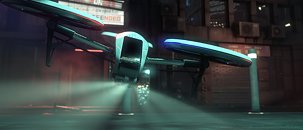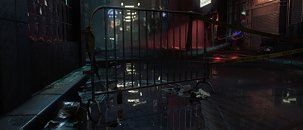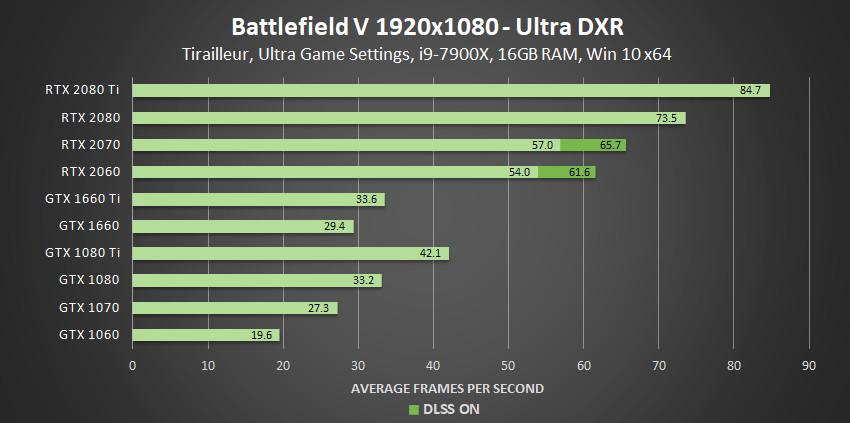Raevenlord
News Editor
- Joined
- Aug 12, 2016
- Messages
- 3,755 (1.23/day)
- Location
- Portugal
| System Name | The Ryzening |
|---|---|
| Processor | AMD Ryzen 9 5900X |
| Motherboard | MSI X570 MAG TOMAHAWK |
| Cooling | Lian Li Galahad 360mm AIO |
| Memory | 32 GB G.Skill Trident Z F4-3733 (4x 8 GB) |
| Video Card(s) | Gigabyte RTX 3070 Ti |
| Storage | Boot: Transcend MTE220S 2TB, Kintson A2000 1TB, Seagate Firewolf Pro 14 TB |
| Display(s) | Acer Nitro VG270UP (1440p 144 Hz IPS) |
| Case | Lian Li O11DX Dynamic White |
| Audio Device(s) | iFi Audio Zen DAC |
| Power Supply | Seasonic Focus+ 750 W |
| Mouse | Cooler Master Masterkeys Lite L |
| Keyboard | Cooler Master Masterkeys Lite L |
| Software | Windows 10 x64 |
Considering your reaction, you certainly remember Crytek's Neon noir raytracing scene that we shared with you back in march. At the time, the fact that raytracing was running at such mesmerizing levels on AMD hardware was arguably the biggest part of the news piece: AMD's Vega 56 graphics card with no dedicated raytracing hardware, was pushing the raytraced scene in a confident manner. Now, Crytek have shared some details on how exactly Neon noir was rendered.
The AMD Radeon Vega 56 pushed the demo at 1080p/30 FPS, with full-resolution rendering of raytraced effects. Crytek further shared that raytracing can be rendered at half resolution compared to the rest of the scene, and that if they did so on AMD's Vega 56, they could push a 1440p resolution at 40+ FPS. The raytraced path wasn't running on any modern, lower-level API, such as DX12 or Vulkan, but rather, on a custom branch of Crytek's CryEngine, version 5.5.



Crytek said that RTX support will be implemented, which should improve performance on NVIDIA graphics cards, allowing for up to 4K, full-screen resolution rendering and effects. RTX shouldn't allow for more features, but rather, for improved performance and quality level of already-implemented ones. There is some interesting information on Crytek's blog post on their current raytracing implementation, the choice to integrate the technology based on object "glossiness" level rather than a full-blown solution for improved performance, and mixing voxel and raytracing workloads for the best possible optimization. Take a look at the source link.
View at TechPowerUp Main Site
The AMD Radeon Vega 56 pushed the demo at 1080p/30 FPS, with full-resolution rendering of raytraced effects. Crytek further shared that raytracing can be rendered at half resolution compared to the rest of the scene, and that if they did so on AMD's Vega 56, they could push a 1440p resolution at 40+ FPS. The raytraced path wasn't running on any modern, lower-level API, such as DX12 or Vulkan, but rather, on a custom branch of Crytek's CryEngine, version 5.5.



Crytek said that RTX support will be implemented, which should improve performance on NVIDIA graphics cards, allowing for up to 4K, full-screen resolution rendering and effects. RTX shouldn't allow for more features, but rather, for improved performance and quality level of already-implemented ones. There is some interesting information on Crytek's blog post on their current raytracing implementation, the choice to integrate the technology based on object "glossiness" level rather than a full-blown solution for improved performance, and mixing voxel and raytracing workloads for the best possible optimization. Take a look at the source link.
View at TechPowerUp Main Site






